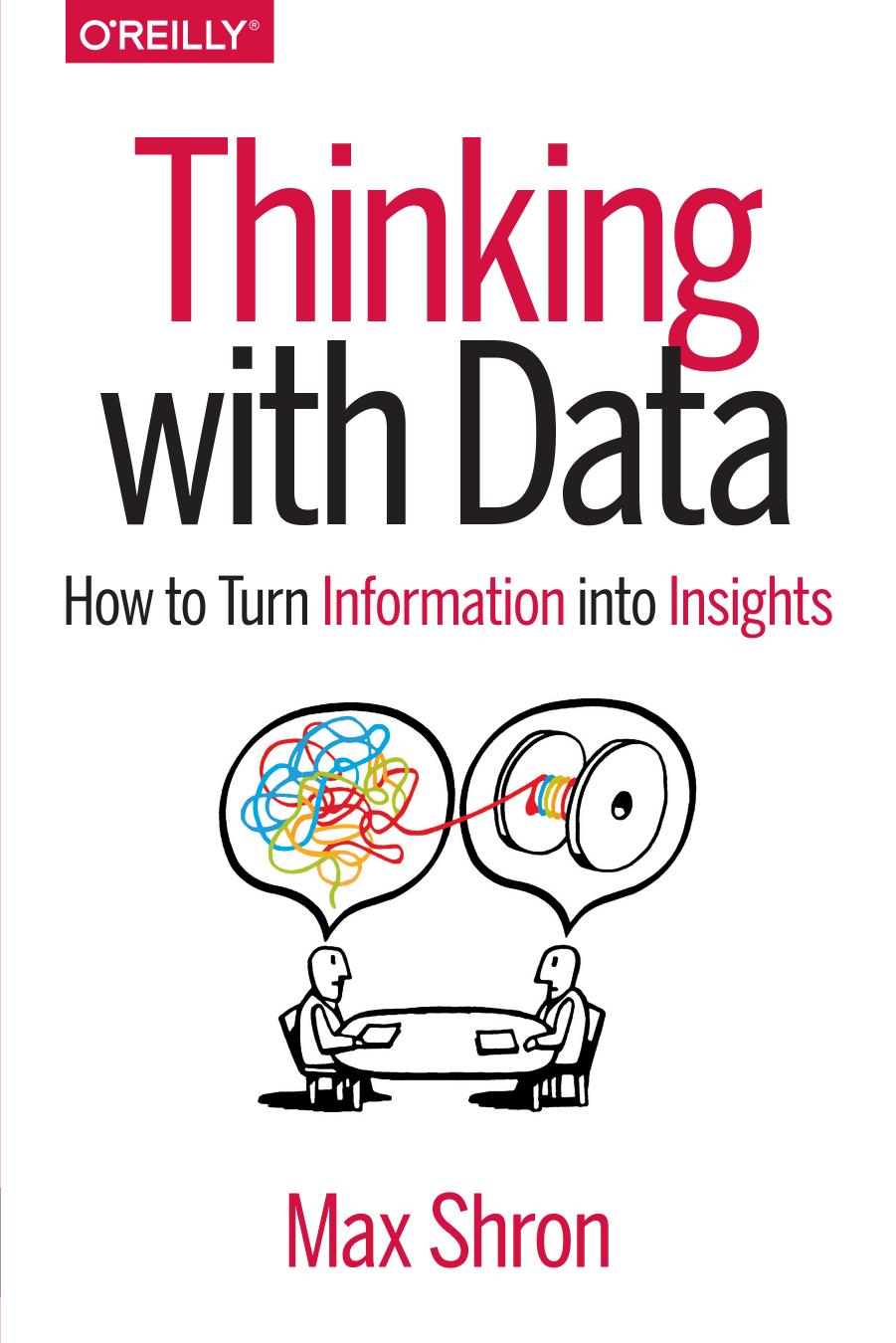Thinking with Data by Max Shron

Author:Max Shron
Language: eng
Format: epub, pdf
ISBN: 9781449362935
Publisher: O’Reilly Media, Inc.
Published: 2014-09-01T04:00:00+00:00
Adding Justifications, Qualifications, and Rebuttals
A 5% reduction in average travel time to the rest of the city results in a 10% increase in apartment prices, with the reverse true as well, an effect which persists. We know this is true because we have looked back at historical apartment prices and transit access and seen that the effect persists. The graph (Justification) shows the predictive power of a model trained on each year’s data in predicting the following year (based on 20 years of raw price data from the City), and demonstrates that a relationship is (Qualification) very likely.
More importantly, when there have been big shocks in transit access, like the opening of a new train station or the closing of a bus route, there were effects on apartment prices visible within a year. (Justification) Because the changes are so tightly coupled and happen more frequently together by chance than other changes, we can conclude that the changes in transit access are causing the drop in apartment prices. (Qualification) This leads us to believe in a very strong probability of a relationship.
Average prices of apartments for each of the following five blocks, with lines indicating the addition or closure of a new train route within two blocks of that street, demonstrate the rapid change. On average, closing a train stop results in a 10% decline in apartment prices for apartments within two blocks away over the next year, a relationship which roughly holds in at least (Qualification) 70% of cases.
(Rebuttal) There are three possible confounding factors. First, there may be nicer apartments being built closer to train lines. (Prior knowledge) This is clearly not at issue, because new construction or widespread renovation of apartments (which would raise their value) or letting apartments decline (which would lower their value) all take place over longer time scales than the price changes take place in. Second, there may be large price swings, even in the absence of changing transit access. (Prior knowledge) This is also not an issue, because the average price change between successive years for all apartments is actually only 5%. Third, it might be the case that transit improvements or reductions and changes in apartment price are both caused by some external change, like a general decline in neighborhood quality. (Prior knowledge) This is impossible to rule out, but generally speaking, the city in question has added transit options spottily and rent often goes up regardless of these transit changes.
Download
This site does not store any files on its server. We only index and link to content provided by other sites. Please contact the content providers to delete copyright contents if any and email us, we'll remove relevant links or contents immediately.
| Automotive | Engineering |
| Transportation |
Whiskies Galore by Ian Buxton(41935)
Introduction to Aircraft Design (Cambridge Aerospace Series) by John P. Fielding(33085)
Small Unmanned Fixed-wing Aircraft Design by Andrew J. Keane Andras Sobester James P. Scanlan & András Sóbester & James P. Scanlan(32763)
Craft Beer for the Homebrewer by Michael Agnew(18194)
Turbulence by E. J. Noyes(7977)
The Complete Stick Figure Physics Tutorials by Allen Sarah(7334)
Kaplan MCAT General Chemistry Review by Kaplan(6897)
The Thirst by Nesbo Jo(6877)
Bad Blood by John Carreyrou(6581)
Modelling of Convective Heat and Mass Transfer in Rotating Flows by Igor V. Shevchuk(6406)
Learning SQL by Alan Beaulieu(6235)
Weapons of Math Destruction by Cathy O'Neil(6206)
Man-made Catastrophes and Risk Information Concealment by Dmitry Chernov & Didier Sornette(5951)
Digital Minimalism by Cal Newport;(5699)
Life 3.0: Being Human in the Age of Artificial Intelligence by Tegmark Max(5506)
iGen by Jean M. Twenge(5384)
Secrets of Antigravity Propulsion: Tesla, UFOs, and Classified Aerospace Technology by Ph.D. Paul A. Laviolette(5330)
Design of Trajectory Optimization Approach for Space Maneuver Vehicle Skip Entry Problems by Runqi Chai & Al Savvaris & Antonios Tsourdos & Senchun Chai(5036)
Pale Blue Dot by Carl Sagan(4949)
